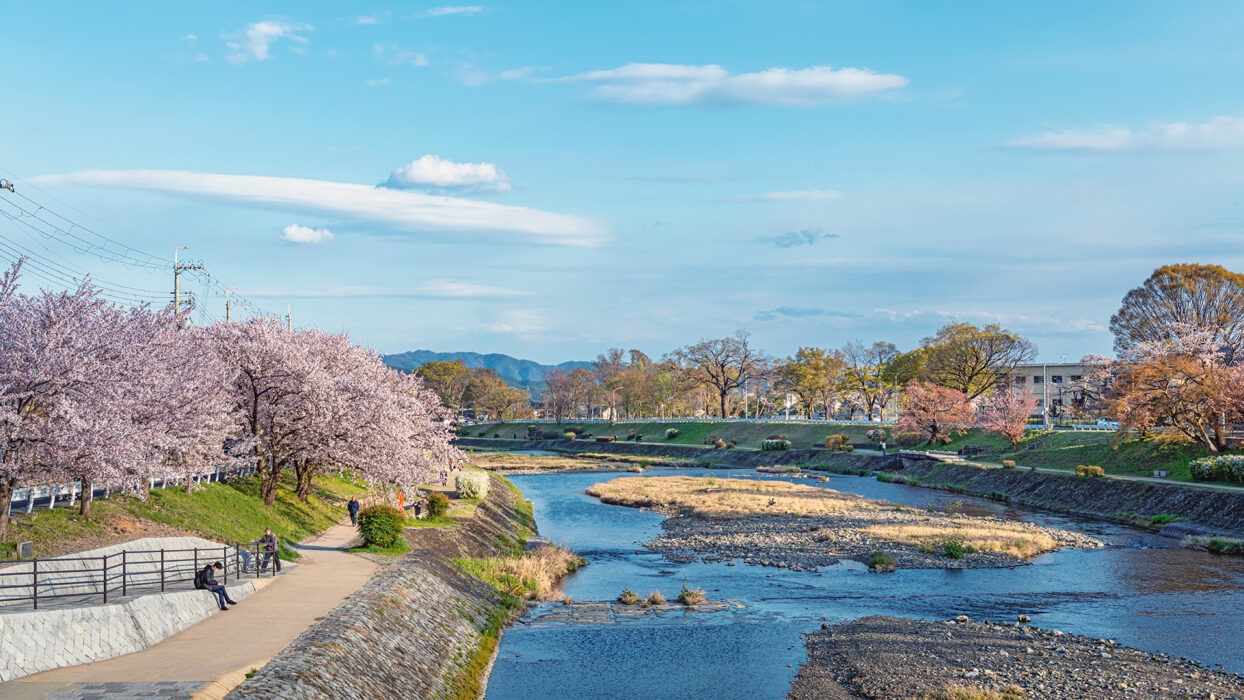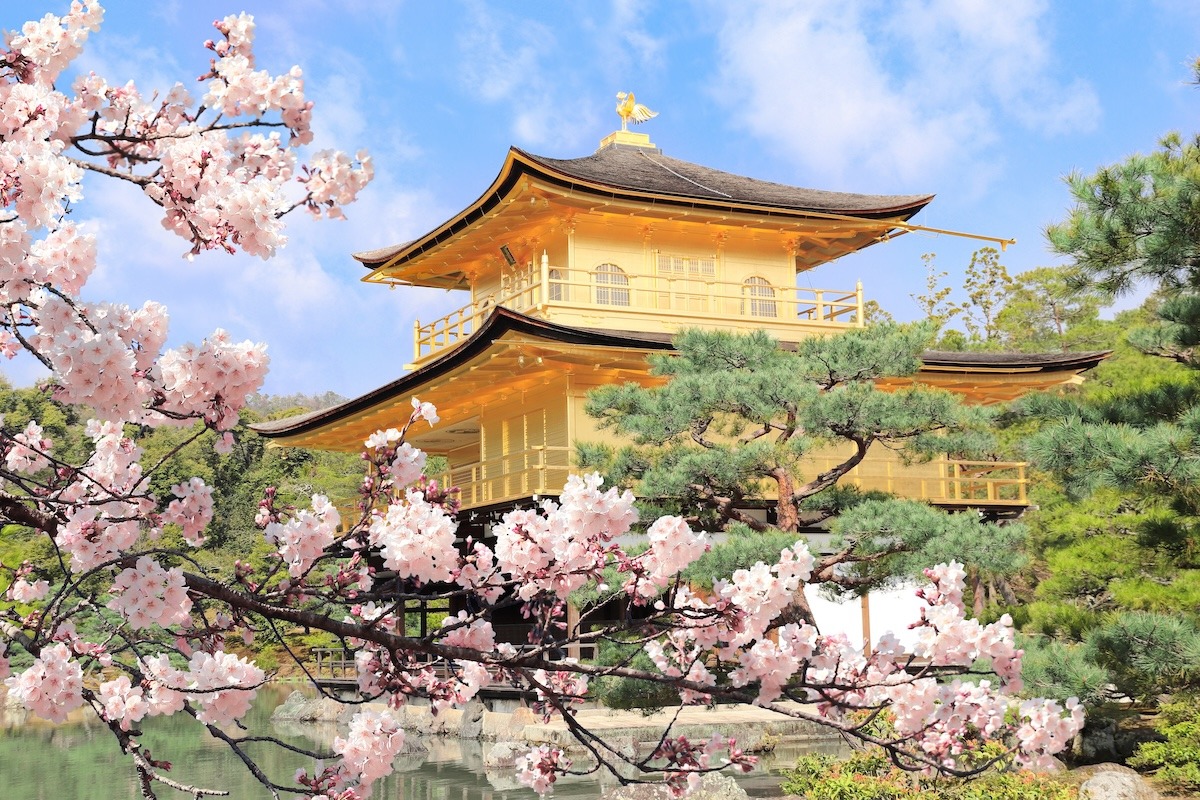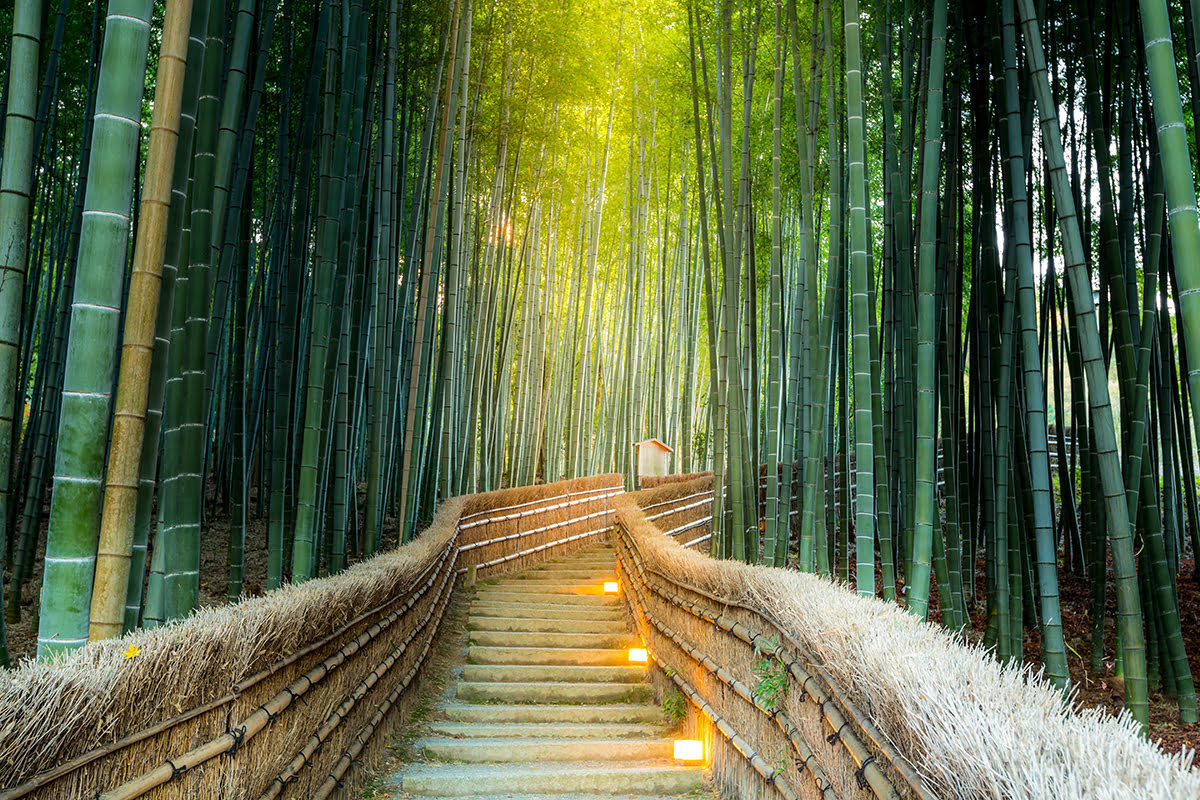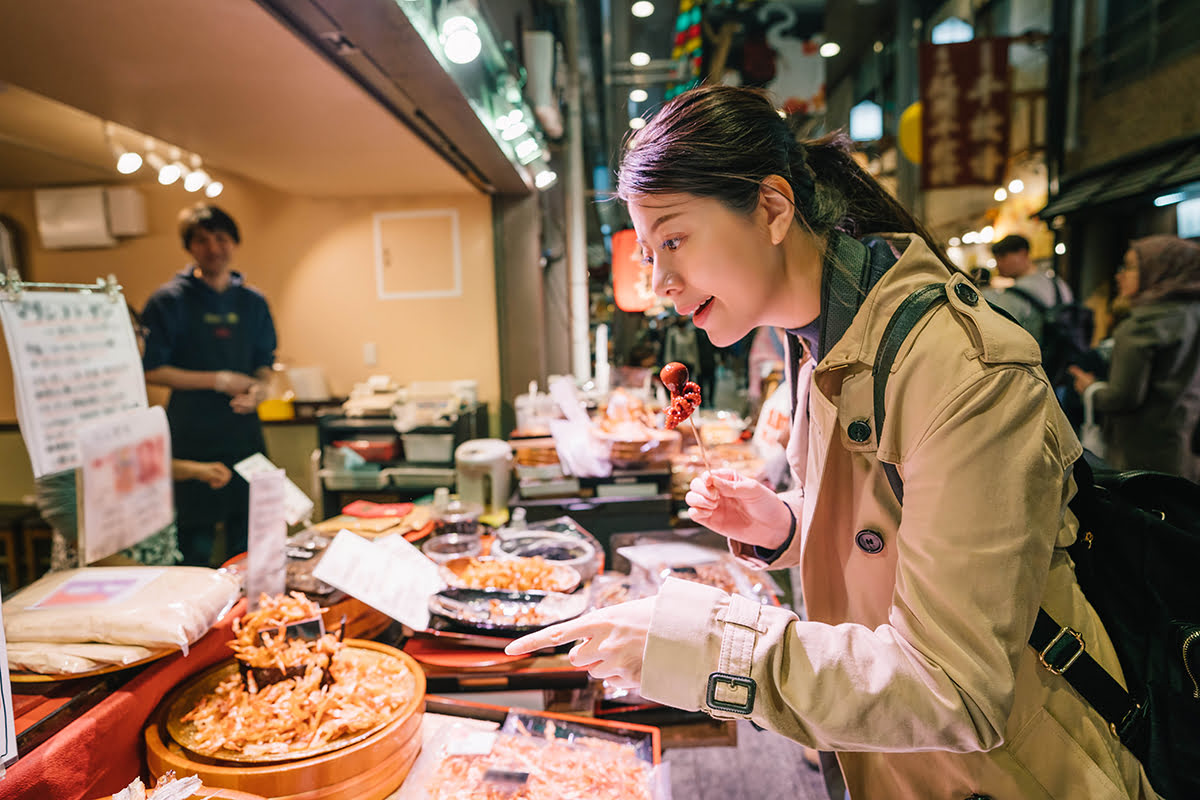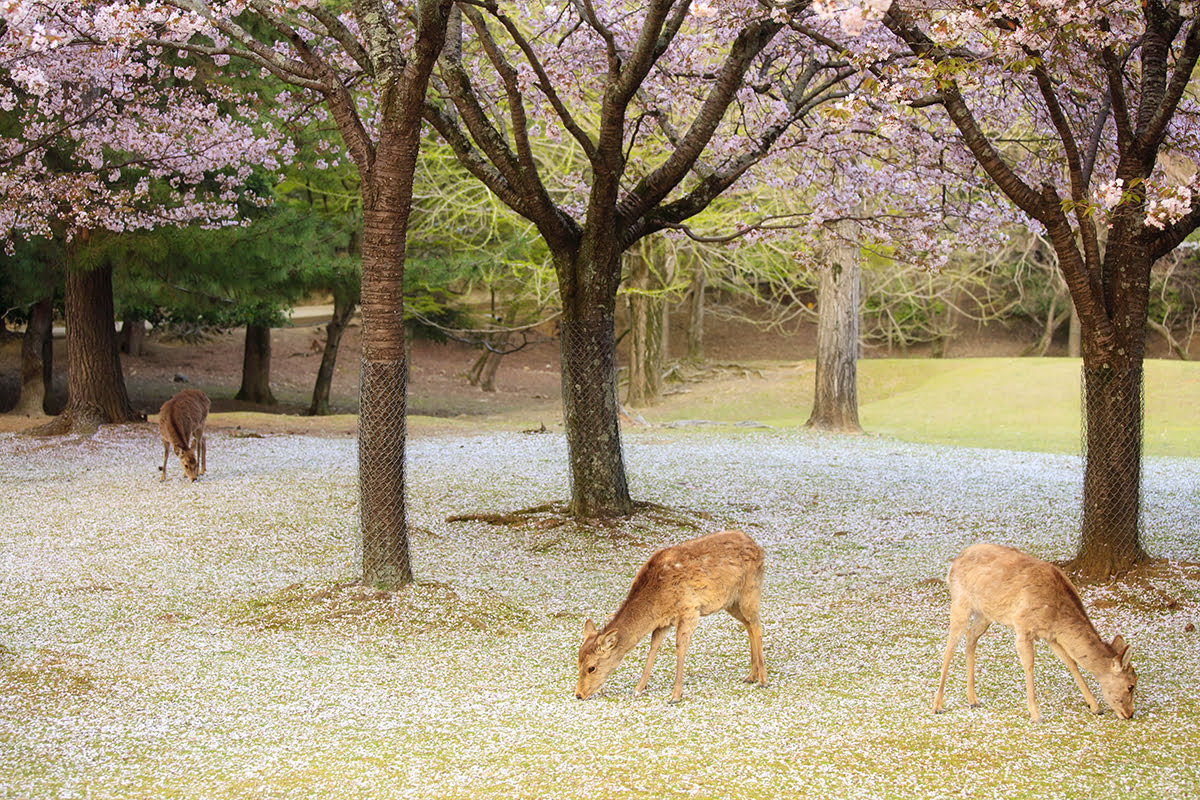Welcome to Kyoto, the former imperial capital of Japan and a city that embodies the essence of traditional Japanese culture. From ancient temples and stunning gardens to vibrant markets and exquisite cuisine, Kyoto offers an endless array of activities and experiences for travelers. Whether you’re here for a few days or a whole week, this guide will help you discover the best things to do in Kyoto.
Day 1: Exploring the Historical Heart of Kyoto
Start your journey in Kyoto with a visit to its most iconic landmarks. Begin your day at the Fushimi Inari Shrine, famous for its thousands of red torii gates that create a mesmerizing pathway through the forest.
Next, head to the Kinkaku-ji (Golden Pavilion), an exquisite Zen temple covered in gold leaf and surrounded by beautifully landscaped gardens. Don’t miss the exquisite reflections of the temple on the pond.
In the afternoon, visit Nijo Castle, a UNESCO World Heritage site that showcases the opulence of shogunate Japan. Explore its stunning interiors and serene gardens.
Day 2: Immerse in Kyoto’s Cultural Experiences
Begin your second day with a stroll through the Arashiyama Bamboo Grove. The towering bamboo stalks create a magical atmosphere, perfect for a serene morning walk.
Afterward, participate in a traditional tea ceremony at one of Kyoto’s many tea houses. This cultural experience will give you a deeper understanding of the artistry and philosophy behind Japanese tea.
In the evening, explore the historic Gion District, known for its traditional wooden machiya houses and geisha culture. If you’re lucky, you might spot a geisha or maiko (apprentice geisha) on their way to an appointment.
Day 3: Kyoto’s Temples and Gardens
On your third day, visit some of Kyoto’s most beautiful temples and gardens. Start with the tranquil Ryoan-ji Temple, home to one of Japan’s most famous rock gardens. The minimalist design encourages contemplation and reflection.
Next, head to the Kiyomizu-dera Temple, a stunning temple perched on a hillside with breathtaking views of Kyoto. The temple’s wooden stage, built without the use of nails, is an architectural marvel.
In the afternoon, visit the Philosopher’s Path, a picturesque stone path that follows a canal lined with cherry trees. This serene walk is especially beautiful during cherry blossom season in spring.
Day 4: Kyoto’s Culinary Delights
Kyoto is a food lover’s paradise, and your fourth day should be dedicated to exploring its culinary offerings. Start with a visit to Nishiki Market, known as “Kyoto’s Kitchen.” Here, you can sample a variety of local delicacies, from fresh seafood to traditional sweets.
For lunch, try a traditional kaiseki meal, a multi-course dining experience that highlights seasonal ingredients and meticulous preparation. Kyoto is renowned for its kaiseki cuisine, and there are many excellent restaurants to choose from.
Day 5: Day Trips from Kyoto
On your final day, consider taking a day trip to one of the nearby destinations. Nara is a short train ride away and home to the famous Nara Deer Park and Todai-ji Temple, which houses one of Japan’s largest bronze Buddha statues.
Alternatively, visit the Fushimi Sake District to learn about sake production and sample some of the finest sakes in Japan. The district is home to numerous sake breweries, some of which offer tours and tastings.
Where to Stay in Kyoto
Kyoto offers a wide range of accommodation options to suit different budgets and preferences. For a luxurious stay, consider booking a room at the Kyoto City Gardens Hotel, a tranquil oasis surrounded by picturesque gardens.
If you’re looking for a more budget-friendly option, the Kyoto City Hotel provides modern amenities and easy access to the city’s attractions.
Practical Travel Tips
Here are a few practical tips to help you make the most of your visit to Kyoto:
- Transportation: Kyoto has an efficient public transportation system, including buses and trains, that can take you to all major attractions.
- Best Time to Visit: The best times to visit Kyoto are during the cherry blossom season in spring (March to April) and the autumn foliage season (October to November).
- Language: While many signs in Kyoto are in both Japanese and English, learning a few basic Japanese phrases can enhance your travel experience.
- Etiquette: Be respectful of local customs, such as removing your shoes before entering temples and homes, and avoiding loud conversations on public transportation.
With its rich history, vibrant culture, and breathtaking scenery, Kyoto is a destination that every traveler should experience at least once. Whether you’re exploring ancient temples, savoring traditional cuisine, or simply soaking in the beauty of the city’s gardens, Kyoto offers something for everyone. Happy travels!

